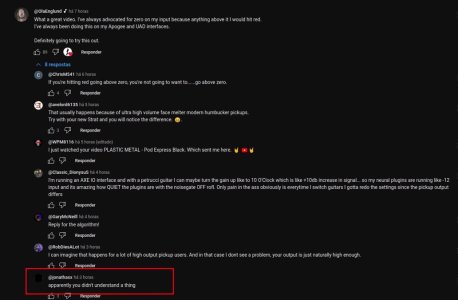I smell a lot of oportunism in his video. I think there´s no need to state such a cutting "you all are wrong", especially when he had to make an effort to find a situation where the "pot at minimum" method causes noise.
Actually, from a practical point of view, is him who is wrong. It´s not practic at all to need to measure the headroom each time you tweak the input gain pot. Even if you only measured it once, it´s a sh...y solution, because if you move the pot, then you have to come back "approximatelly", by eye, to the right spot each time you want to use your plugins (or measure it again instead). And at the end... all of that just for a couple dBs that doesn´t even solve the noise issue (I experienced it myself with a Zoom AMS-22).
Clearly, the best way of doing it is with the pot at minimum, even if it implies using a non-rubbish interface (almost any interface) to avoid noise issues.
To sum up... it´s him who is wrong.
He just wanted to enter the game and get some attention (and managed to do it).

